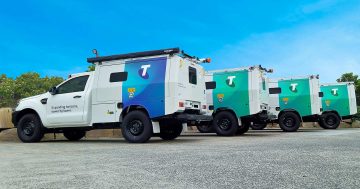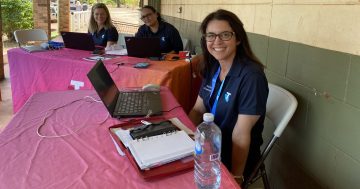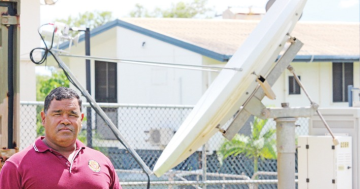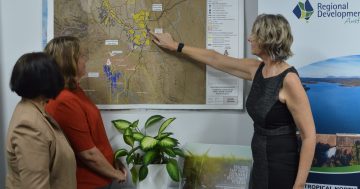
This was not an act of God, this was an act of incompetence.
When Telstra told us that it was a lightning strike that caused a phone outage across the Cape and Torres Strait, we took them at face value.
But it didn’t take long for the phone to ring to tell us to dig a little deeper to find out the truth.
It’s hard to fathom that people couldn’t call Triple Zero because Telstra didn’t supply enough fuel to its generator.
The lies only make it worse.
Like it or not, Telstra is the lifeblood of Cape York and the Torres Strait. Almost every local resident relies on Telstra.
So when it fails, the whole region suffers.
And for people who think it might not be a big deal to go without phones for 48 hours, let me tell you a story that hasn’t been shared before.
Had that outage occurred a week earlier, two lives would have been lost.
On Sunday, January 14, a local mother, who was also pregnant, presented at the Weipa Hospital feeling unwell.
Not long after, she fell unconscious. A quick-thinking nurse was able to get on the phone and call in doctors and another nurse so they could perform an emergency Cesarian section.
It’s understood that it was the first operation of its kind in Weipa.
Luckily, the mother and her baby were saved.
But had the phones been out, those people would not have been easily contactable.
“I’ve got no doubt they lived because we were able to get those people in on short notice,” said one of the Weipa nurses.
“I’d hate to think what would have happened if the phones were out.”
The economic impact on the region is also significant when Telstra fails.
ATMs and EFTPOS terminals go down, while businesses can’t take any bookings.
Rio Tinto also had to suspend shipping as wave measurement data from Albatross Bay relies on the Telstra network to relay key information to the company.
These outages are all too common in Cape York and in my 10 years covering news in the region, I have not seen any improvement in the resilience of the network.
Yes, new towers have been erected across the Cape and Torres Strait, usually funded by the taxpayer, but the crux of the problem lies in the basic infrastructure.
There is only one fibre optic cable servicing the Peninsula, which means that if one site has an outage, it flows throughout the region’s network.
Telstra has known about this for a long time and now admits that the Cape needs a second link to provide more security in the network.
The second fibre optic cable could come from further south, like Normanton, or it could come underwater via Gove on the other side of the Gulf of Carpentaria.
However, Telstra hasn’t even put together a business case for this fibre link, nor pushed it as a priority with the federal government, which means we are still years away from movement on the ground.
That’s just not good enough.
I’ve been a journalist for long enough to know that these things usually don’t go forward until it generates enough attention.
Sadly, that is usually from a tragedy.
The challenge to Telstra and the federal government is to get ahead of the game and to make this commitment before someone dies because they couldn’t call Triple Zero, or because a nurse couldn’t reach doctors at home.
In the short term, Telstra must find a way to keep emergency calls operating when its network fails. And yes, the network will go down again, because it always happens in the wet season.
Keeping fuel in the generators would be a good start.
Cape residents are a resilient bunch, but they deserve better than what Telstra is dishing up.









